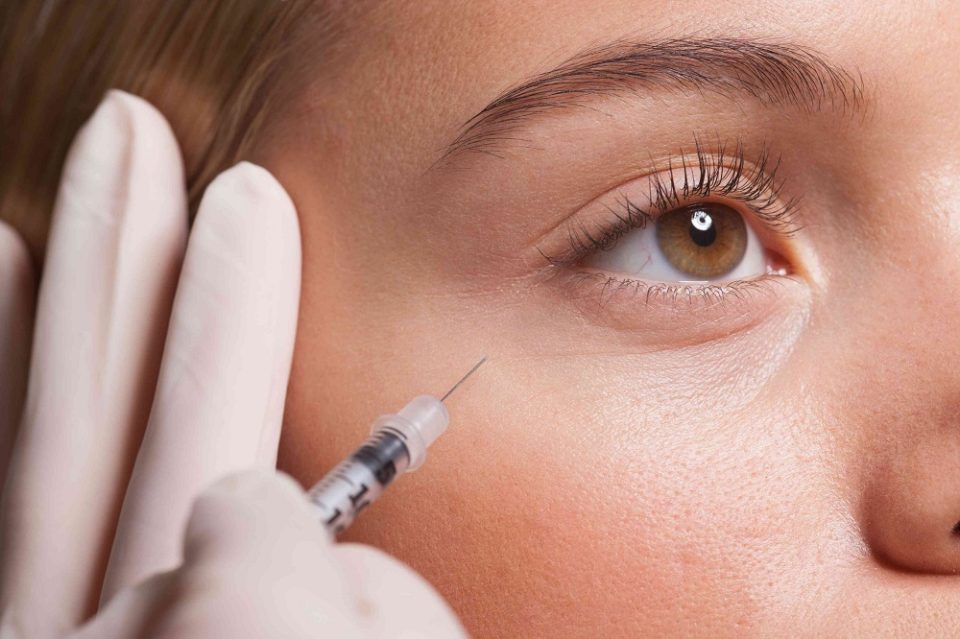It’s crucial to adhere to dermal filler aftercare guidelines. Following your dermal filler procedure, you can observe any of the following:
- Swelling
- Bruising
- Red needle puncture marks
- Asymmetry
- Tenderness
- Itching in the area
These problems are typical of dermal filler aftercare and should go away over the coming days to weeks. Your final outcome will be visible four weeks after treatment, at which point you can be reevaluated to see whether additional treatments are necessary to produce the desired effects.
Your face will be cleansed immediately following the injections. For six hours, refrain from touching your face. You can then wash your skin with water and mild cleanser after this.
Although it is best to avoid makeup on the day of the surgery, there are brands like Oxygenetix that have been made for this reason if you would want to apply makeup after 6 hours.
Avoid these things:
- Avoid subjecting the area to extreme heat (e.g. solarium or sauna)
- For the first few nights, avoid applying pressure to the treated regions (i.e. sleep on the back if possible)
- Do not exercise vigorously within 24 hours
- Do not consume alcohol for 24 hours
- Avoid AHA, Retinols/Vitamin C treatment, and oil-based makeup for 24 hours
For two weeks after treatment, refrain from getting facials, facial waxing, glycolic or alpha hydroxy acid peels, IPL or energy-based treatments, and microdermabrasion.
Please consult your doctor before receiving any additional facial procedures during this period.
Pain reduction
Following your chin filler Singapore, pain is often minor but can occasionally be considerable. The chin and lips are two places that have the potential to be highly uncomfortable. You can take paracetamol for pain relief as directed by your doctor.
Relief from swelling
On the day of treatment, apply a cool compress for 10 minutes every hour (do not apply ice directly on your skin).
For the first 24 hours following injections, a cool compress used often may assist in lessening the degree of oedema. To reduce the swelling, some individuals utilise arnica both before and after the procedure.
Pain relief
Patients at higher risk include those using aspirin, fish oil, or other medications linked to increased bruising. Bruderm and Hirudoid are two over-the-counter medications that can be used to treat bruises.
Another alternative for the treatment of bruises is a vascular laser.
Some patients use bromelain as a preventive bruise measure.
Massage
Your doctor might or might not recommend massaging the regions where you have fillers. If your doctor recommends it and the pain and tenderness have subsided, you can apply a gentle massage.
Skin filler and cold sores
In patients with a history of facial cold sores, there is a slight possibility that treatment could cause an outbreak.
To assist the likelihood of developing cold sores, some patients take preventive Lysine or antivirals. You should visit your doctor if you develop cold sores following a treatment.
Aesthetic assessment
At four weeks, dermal filler results should be checked (except for cosmetic emergencies like infection or vascular occlusions, which should be reviewed immediately)
Unlike getting Botox chin where the results are instant, you need to have an aesthetic assessment for your fillers.
Reviewing before four weeks is not helpful because there is frequently some residual swelling, making it impossible to evaluate the results until this has gone down. With regard to symmetry, this is very crucial. Prior to 4 weeks, symmetry should not be evaluated.
Retreatment
Anywhere between one and six months after the first treatment is recommended for retreatment. Once the patient has reached peak filler and is receiving maintenance injections, they may receive filler once a year.

